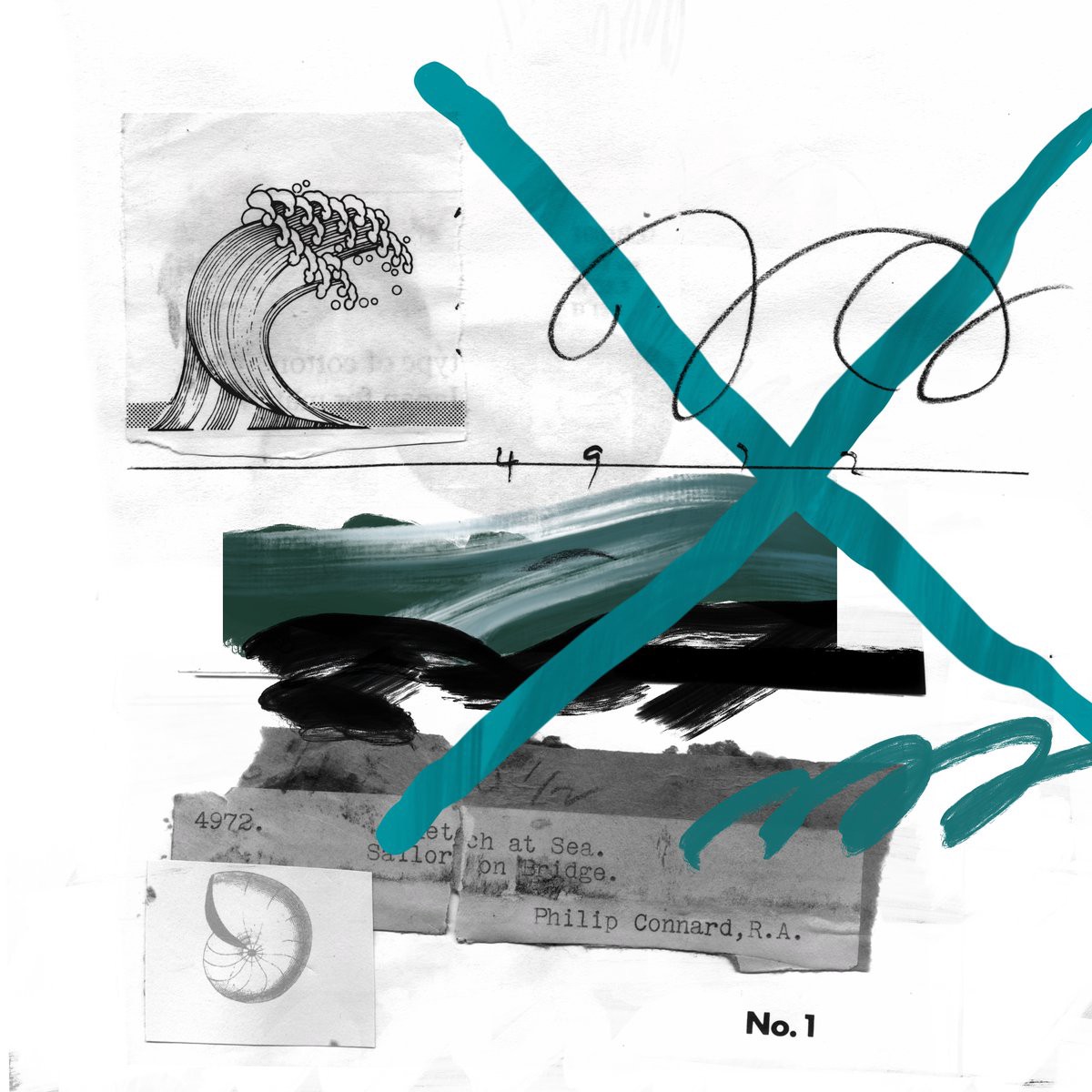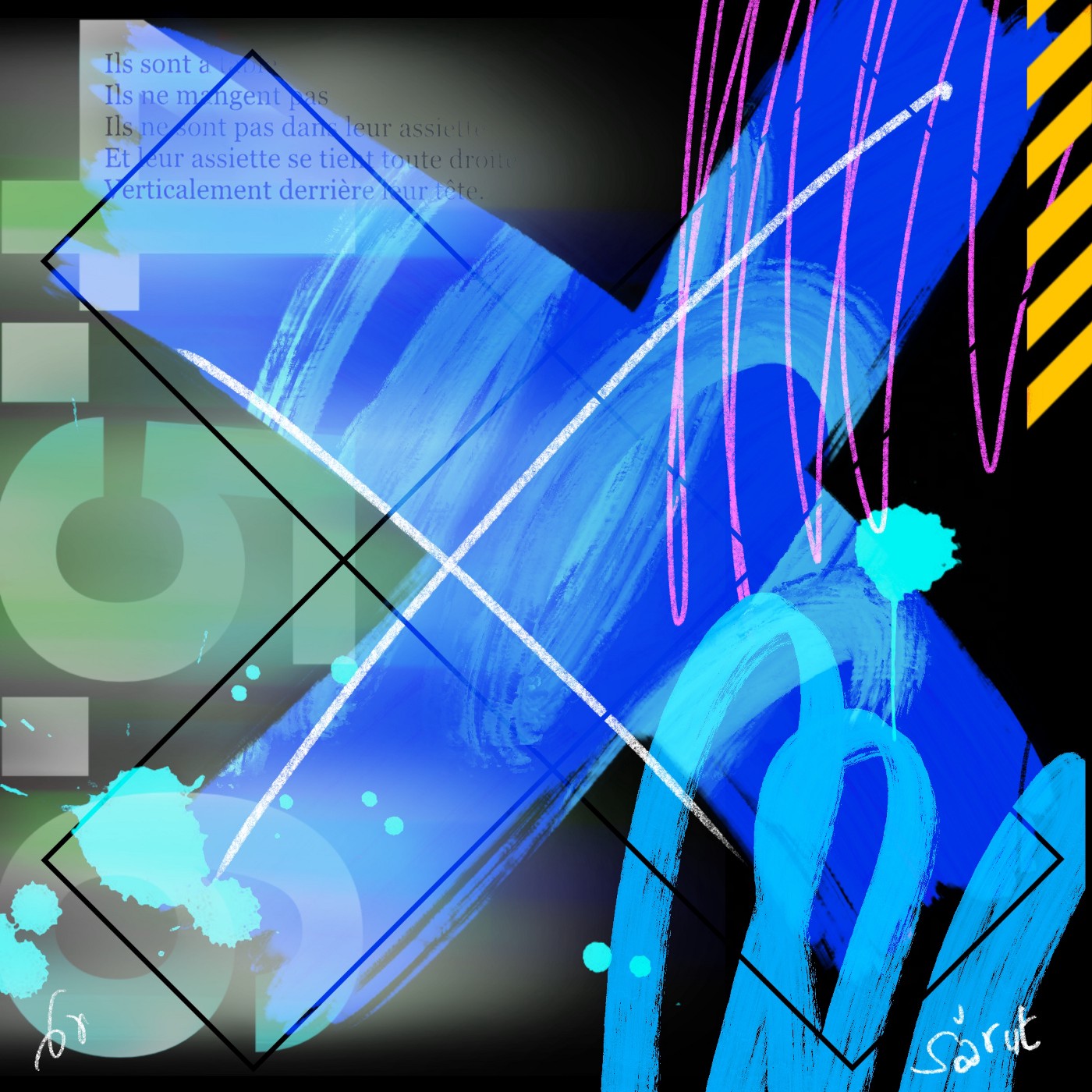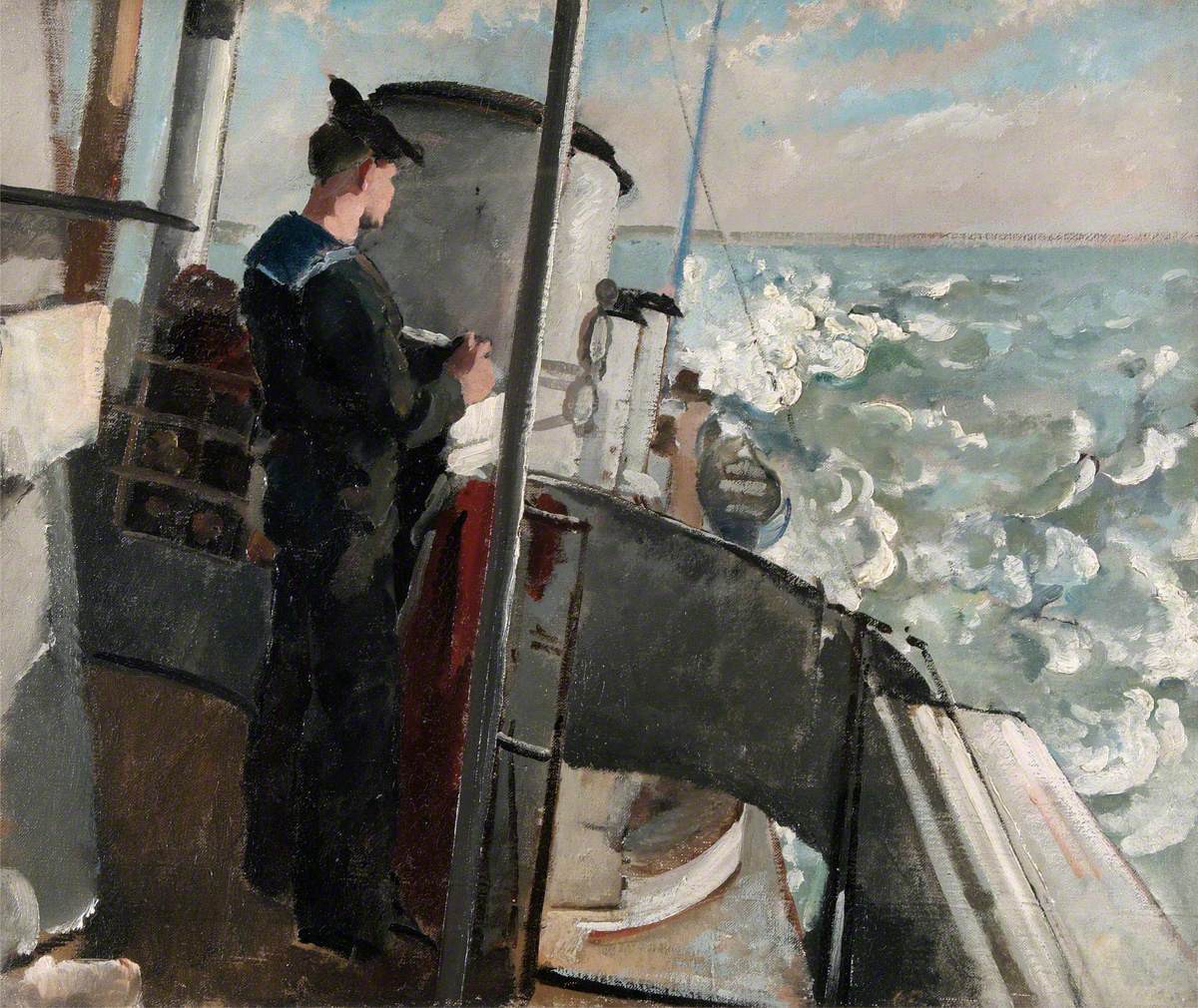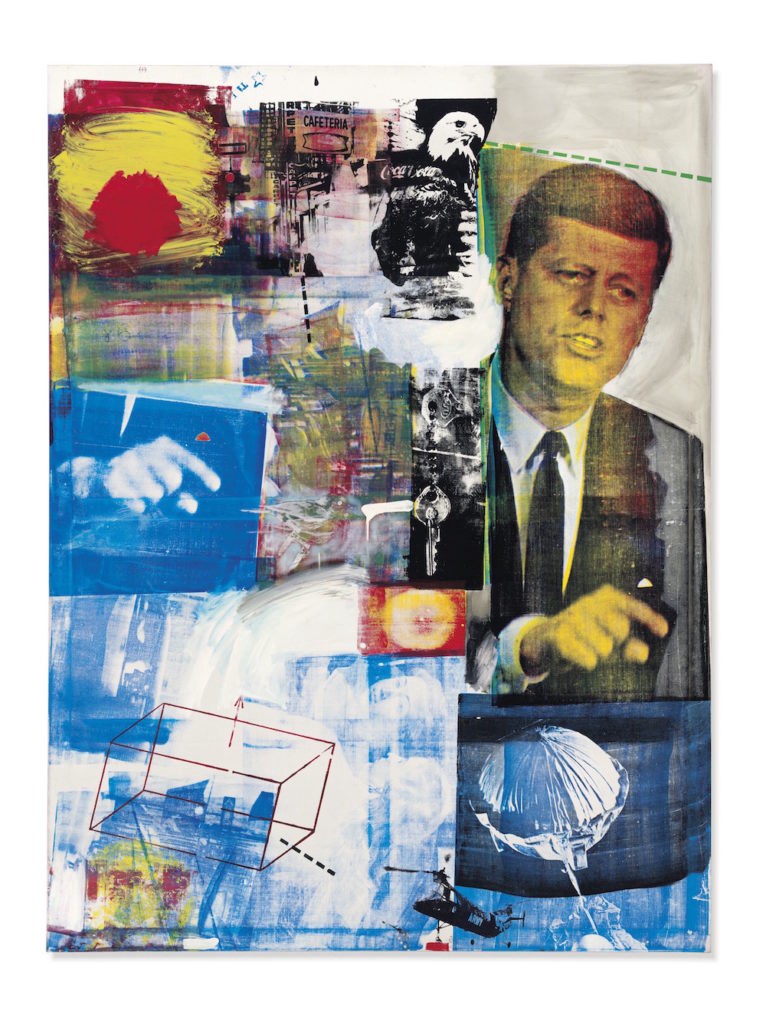Collés
This article originally appeared on Medium. It has been updated slightly.
Collé (french) — Glued
Collé (italian) — Hill
Col (catalan) — Cabbage
Col (catalan) — Neck
Collé is the root of ‘collage’
In 1912 George Braque walked past a wallpaper store in Avignon and spots some wallpaper with a printed woodgrain effect. He immediately goes in and buys a roll. Back in the studio he pastes large areas of the woodgrain effect onto areas of his drawings — the first ‘Papier Collé’ is made.
The wallpaper print and drawing merges — reality and representations of reality; tactility and the visual all colliding. Picasso sees Braque’s first papier collé and returns to Paris to make his own. Juan Gris soon follows as do the Russian Supremacists and the Italian Futurists. Collage is born.

Language has always been a fascination, I’m not good at it and I and wish I were better — my brain doesnt really work like that. I’m OK with French, but should be more fluent than am, I know some Italian and get by with odd bit of German — enough to get the beers in and ask for the bill.
I’m remembering words, and the language is coming back. I get the words confused, but we get through. Words from another language come in and are collaged together. I like these miscommunications or linguistic jolts – it sometimes seems I’m talking all languages and none. I’m like Salvatore of Montferrat played by Ron Perlman in the film of Umberto Eco’s book ‘Il Nome della Rosa’. I watched the film and understood exactly what the character says in his ‘strange combination of multiple languages, including Latin, Italian dialect, and Provençale’.
I found an old sketchbook that I thought I’d lost years ago. It’s collaged visual diary from art school days. Mainly it was drawings and sketches, with some printed ephemera stuck in. This was pre-internet –these days I take photographs of interesting images or printed elements, archiving them or maybe instagramming them.
Sometimes ephemera makes its way into a work. I found a poem in French, pasted on a lamppost, took a photo of it in order to remember it and find out what it mean’t and who wrote it — the power of the web.
Ils sont à table
Ils ne mangent pas
Ils ne sont pas dans leur assiette
Et leur assiette se tient toute droite
Verticalement derrière leur tête.Jacques Prévert
This image or a fragment of it made it into one of my 10x10 Xs series from 2021 — No 60 owned by Kate Baucharel (https://twitter.com/KateBaucherel). It seems this leaning to collage has always been there.

One afternoon in art school, a tutor/artist/curator brought in a vanful of gold picture frames for us students to claim and use. They were being thrown out from (we thought) The Royal Academy of Art in London. These were gilt and decorative and I managed to rescue a pair that weren’t too shabby. On the verso of one frame was a label: ‘Sketch at Sea — Sailor on Bridge — Phillip Connard RA’. I remember going to the library and trying to find something, anything, on him — there was nada. This fragment of printed ephemera made it into my sketchbook. (See top image)
Finding my lost sketchbook again I was prompted try and find something on Phillip Connard — I thought it was funny because in French, ‘Connard’ means ‘Arsehole’.
A very quick web search and found the exact painting (here). Turns out it is in the collection of the Imperial War Museum in South London — which wasn’t too far from my art school, so that made more sense for the origin of the picture frames. It’s quite a nice painting, but I think I preferred being in the dark, the not knowing.

I’ve noticed on making my more recent series ‘Stations’ and my $JALT own contract works (see Knownorigin.io) that collage elements have been creeping in more and more. So I decided to explore this a little more using some material I’ve collected over the years.
Experimental in nature and predominantly ‘digitally native’, im trying to stretch what I do. Some of the work uses manipulated scans or photographs combined with digital painting and I’m enjoying making them a lot.
____
See the Abstract Digital x Digital Collages by AltJames available on my $JALT contract

